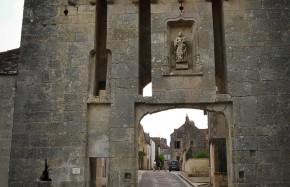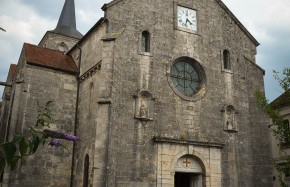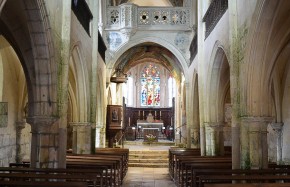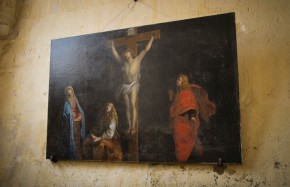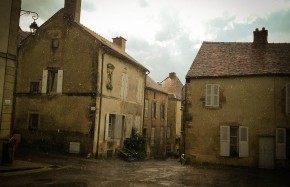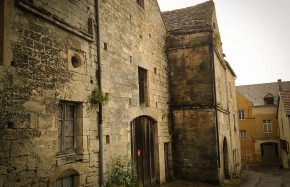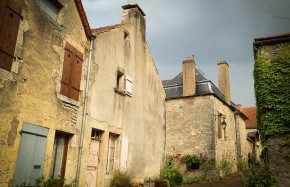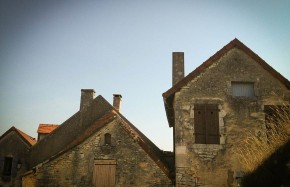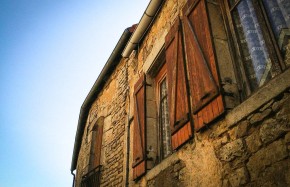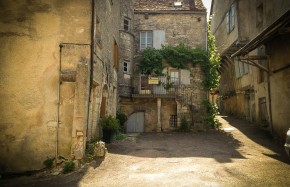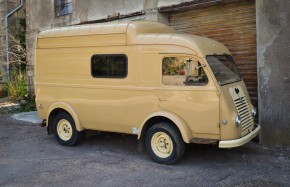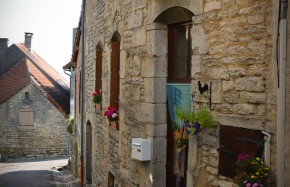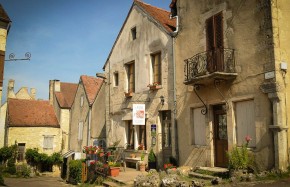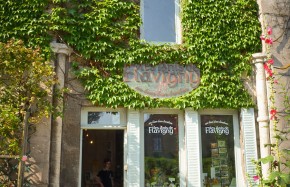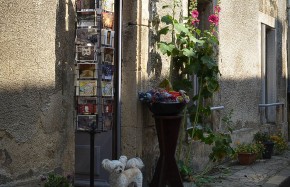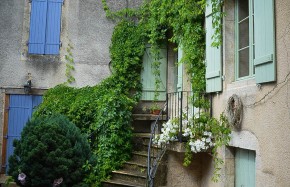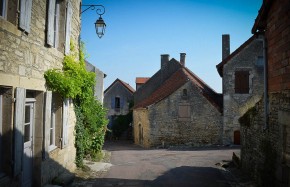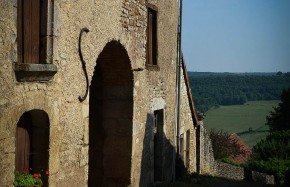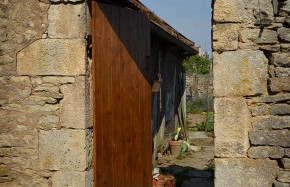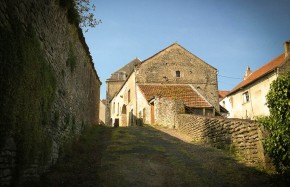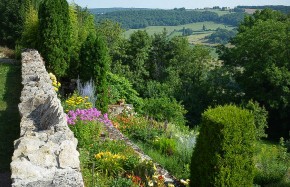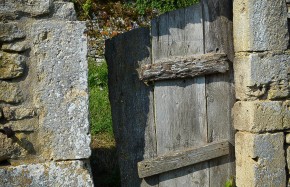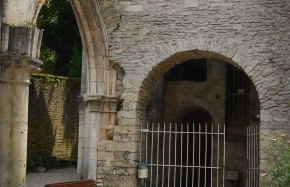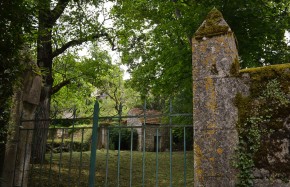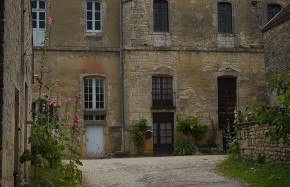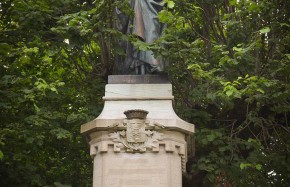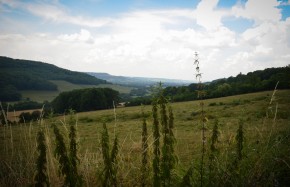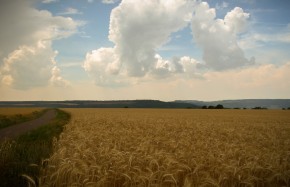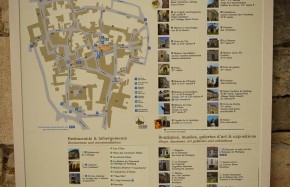Flavigny-sur-Ozerain
The village of Flavigny (pronounced Fla-vin-yee) was first mentioned as Flaviniacum in 719. A Benedictine Abbey was founded on the site, which became the regular target of Viking raids until the mid-9th Century. By the 10th Century the abbey had grown into a town and a pair of churches were bult, one dedicated to St Peter in the abbey and the other to St Genest in the middle of the village. Flavigny was occupied by the English during the Hundred Years’ War and in 1632 the Ursuline convent was built. By the 18th Century, the abbacy had become corrupt and at the beginning of the French Revolution, it housed as few as five monks. The abbey church suffered severe damage at the hands of revolutionaries, while the parish church remained virtually unscathed. This is a basic history of Flavigny-sur-Ozerain.
Situated on a rocky spur in the heart of the Begundy region, Flavigny overlooks sprawling wheat fields and farms. Two roads lead into the village and the first is about as wide as the table upon which this laptop sits. We passed a farmer and his tractor on the way into town and the maneuver around him was inventive to say the least. There is nothing spectacular about the entrance into the village and Flavigny appears unceremoniously on the horizon as a small outcrop of buildings in the middle of nowhere. Throughout our scout, I felt as if this was a place that didn’t want to be found and if I were the recluse in the story of our film, Flavigny would be the perfect hideout. As nondecript as the overview I’ve just written may seem, once inside, I was thoroughly mesmerized by the village and what it has to offer.
The last stop on our scouting trip, we arrived just before an afternoon rain and walked directly into the town square. I had seen this scene in the movie Chocolat and was taken by its pristine authenticity. The Church of St Genest stands on the high side of the square and Juliette Binoche’s little chocolate shop facade opposite and to the right. A troop of French boy scouts were hanging out by the church and when the rain came, they quickly dispersed. The rain gave me an opportunity to seek shelter inside the church, whose architecture is a tribute to the Middle Ages. I had photographed the interiors of a dozen churches on our journey and this one was special. The granite floors have been worn down to a smooth polish from centuries of use and I didn’t have to be Catholic to appreciate their significance. In the musty sanctuary, I could imagine the tens of thousands of prayer services that had been conducted here, with all of the townspeople in attendance.
The rain subsided and Wade and I ventured through the village. Again, a sleepy quality runs through it and soon we found ourselves saying hello to the locals, in ways that aren’t possible in cities like Arles and Sarlat-la-Canéda. Life is happening all around in Flavigny and but for the tourists who come to visit the quaint but famous aniseed candy factory, a practice of producing tiny licorice-flavored pastilles inherited from the ancient monks, and the abbey ruins, there’s no hurry to get anywhere. The pastoral views of golden wheat and farms dotted with livestock feeding in the fields were a delight. Flavigny gave me the first feeling of peace I had experienced on our excursion and while unlike any other village we visited, I have to believe that such a feeling would translate well onto the screen. Flavigny immediately climbed the list with two or three other favorites as a potential location for The Camera.

